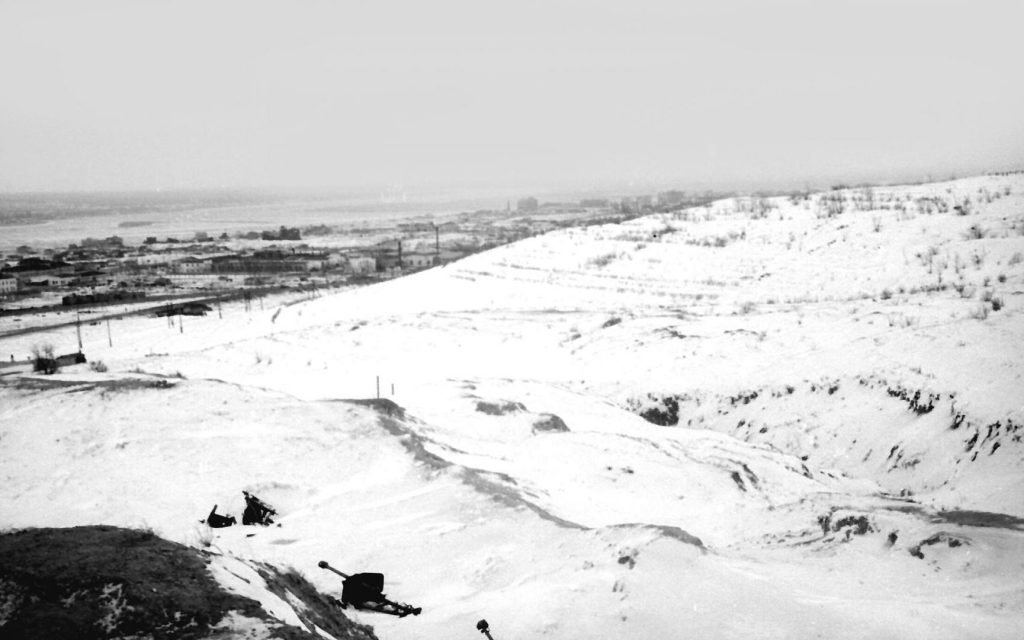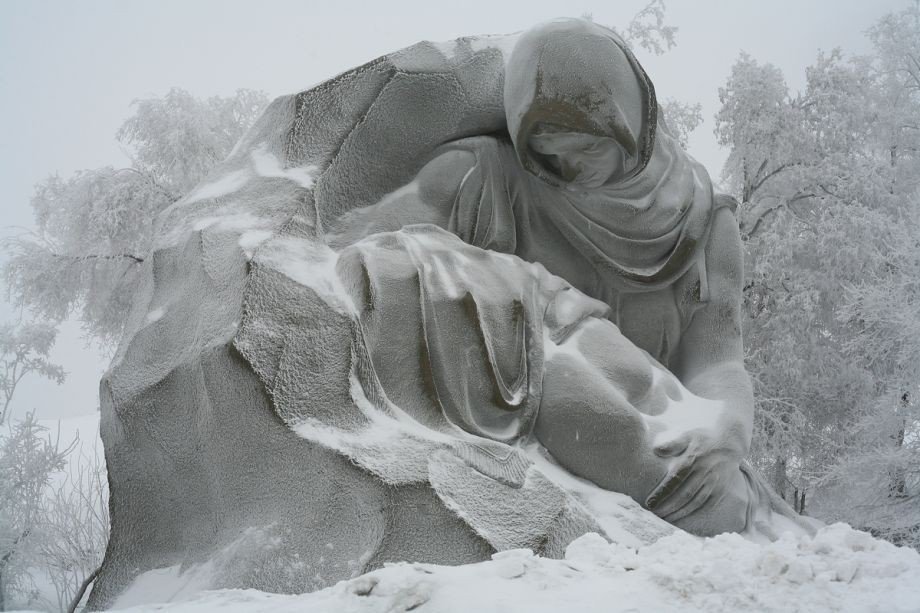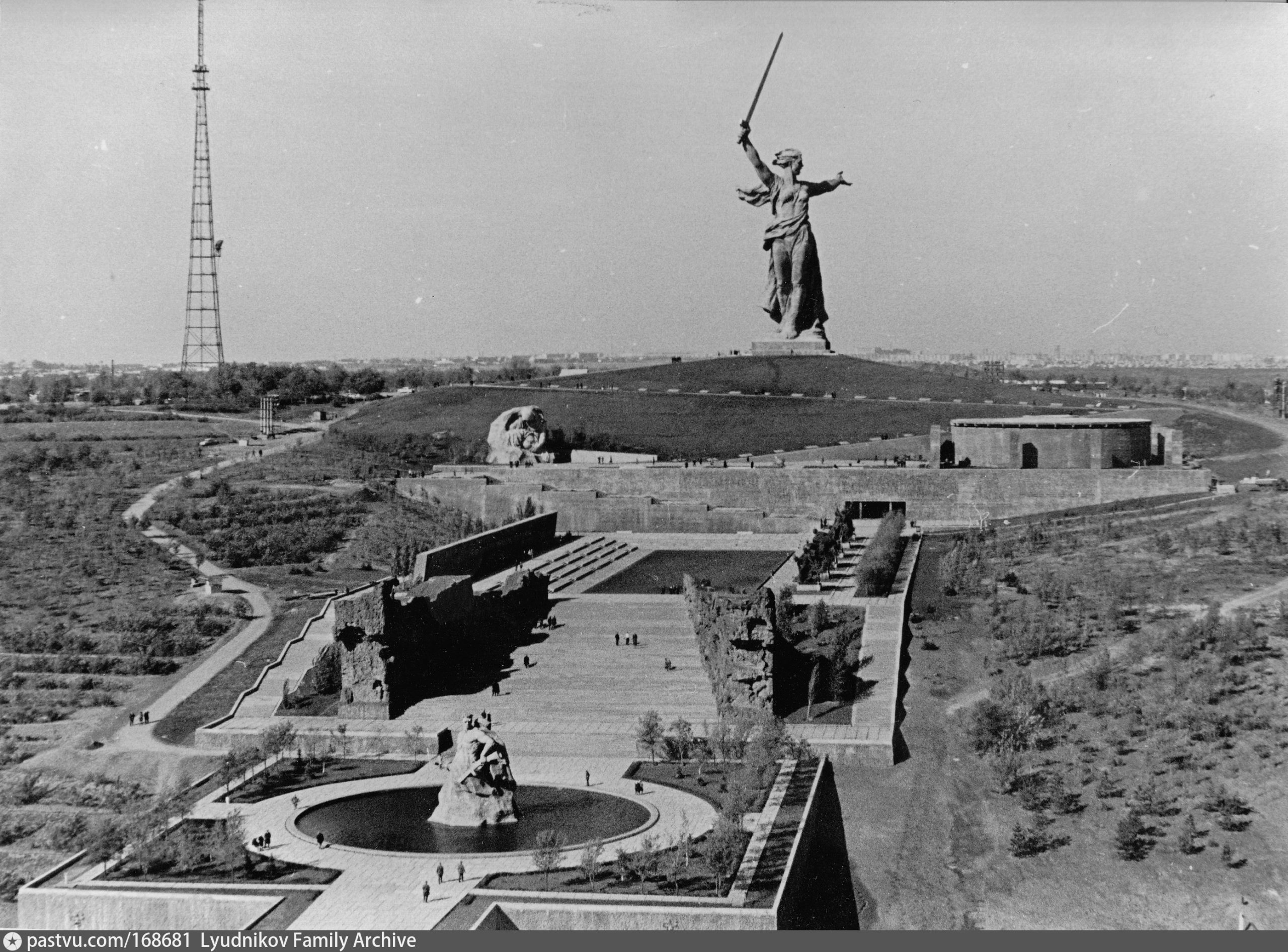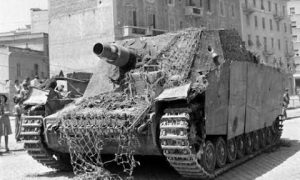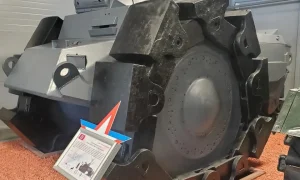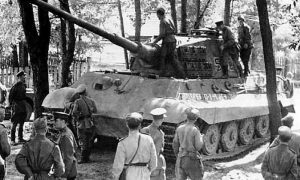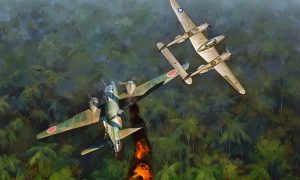Mamayev Kurgan History
Mamaev Kurgan is the dominant height above the city of Volgograd (formerly Stalingrad) in Southern Russia. The name in Russian means “mound from Mamai.” The formation is dominated by a memorial complex dedicated to the Battle of Stalingrad (August 1942 – February 1943), the bloodiest battle in human history. When erected in 1967, the statue, dubbed Motherland Calls, is the largest free-standing sculpture in the world; today it is the tallest sculpture of a woman in the world. There are several mass and individual graves on the Mamayev Kurgan, in which the ashes of more than 35,000 defenders of Stalingrad rest.
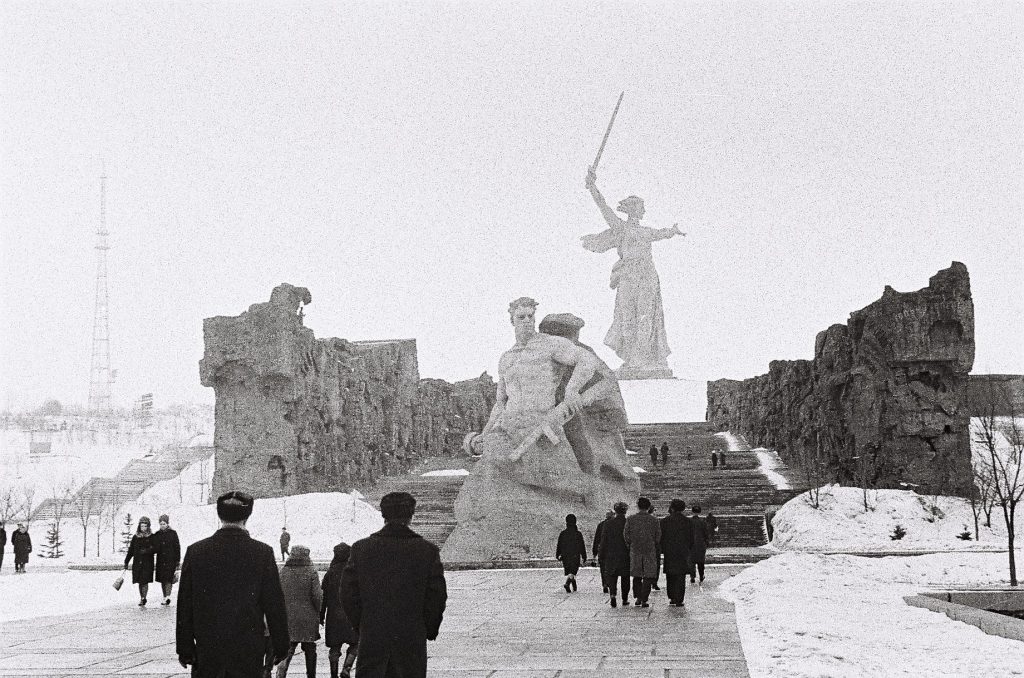
Battle over Mamayev Kurgan
When the forces of the Sixth German Army launched an offensive on the center of Stalingrad on September 13, 1942 Mamayev Kurgan (marked on military maps as “Height 102.0”) was the site of particularly fierce fighting between the German attacking and defending soldiers of the 62nd Soviet Army. Control of the hill became vital as it gave clear line of sight over the city. To protect it, the Soviets built powerful defensive lines on the hillsides, composed of trenches, barbed wire, and minefields. The Germans advanced towards the hill, suffering heavy casualties. When they finally captured the hill, they started firing at the city center as well as at the city’s main train station under the hill. They captured the Volgograd railway station on September 14, 1942.
On the same day, the 13th Soviet Guards Rifle Division under the command of Alexander Rodimtsev arrived in the city from the eastern side of the river Volga under heavy fire from German artillery. The division’s 10,000 men immediately rushed into battle. On September 16, they recaptured Mamayev Kurgan and continued fighting for the station, suffering heavy losses. The next day, almost all of them were died. The Soviets continued to reinforce their units in the city as quickly as they could. The Germans attacked up to twelve times a day, and the Soviets responded with fierce counterattacks.
The hill changed hands several times. By September 27, the Germans again captured half of the Mamaev Kurgan. The Soviets took up positions on the hillside as the 284th Rifle Division defended a key stronghold. The defenders held out until January 26, 1943, when the counterattacking Soviet troops replaced them. The battle for the city ended a week later with the complete defeat of the 6th Army.
When the battle was over, the soil on the hill was so thoroughly shaken up by artillery fire and mixed with metal shards that it contained between 500 and 1,250 metal shards per square meter. The ground on the hill remained black in winter as the snow continued to melt from numerous fires and explosions. The next spring, the hill will still remain black, as no grass has grown on its parched ground. The once steep hillsides have been smoothed out by months of intense shelling and bombing. Even today, fragments of bone and metal can be found still buried deep throughout the hill.
